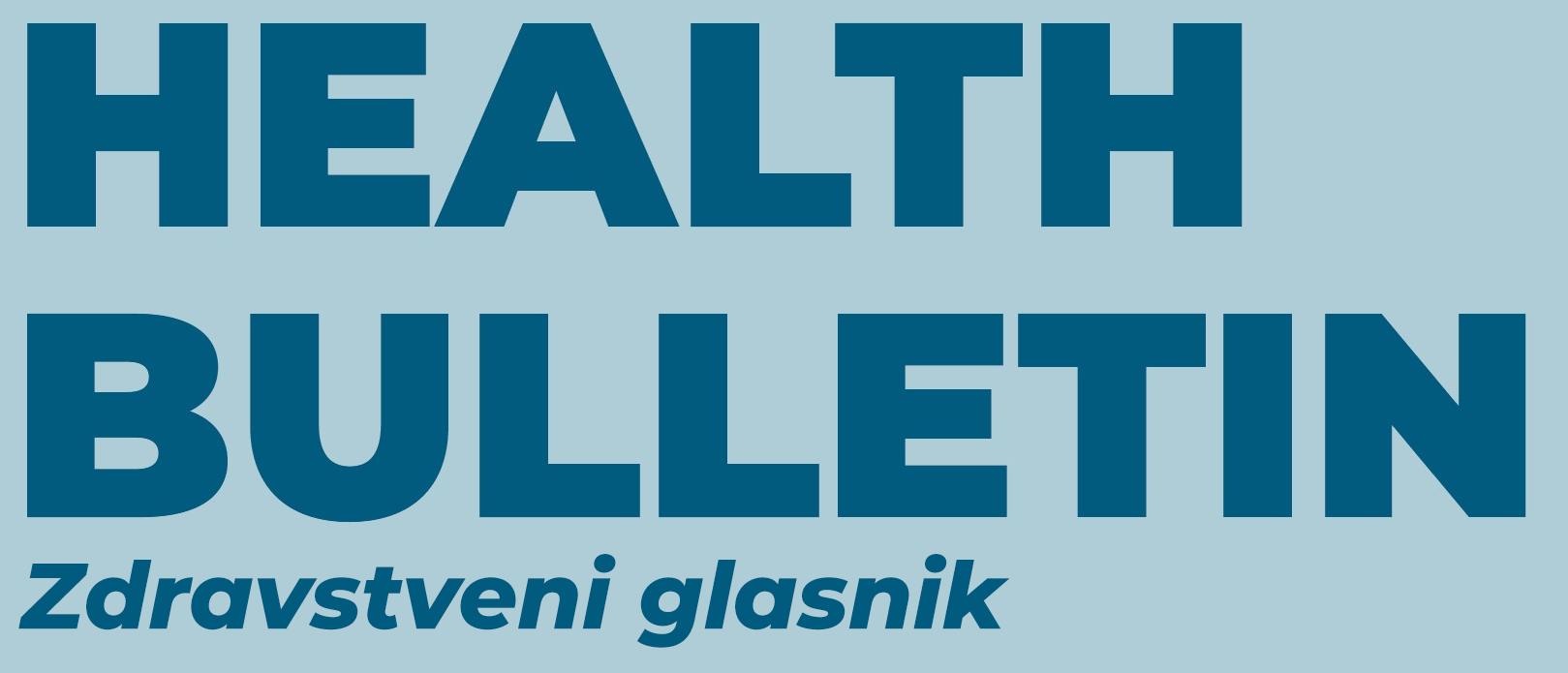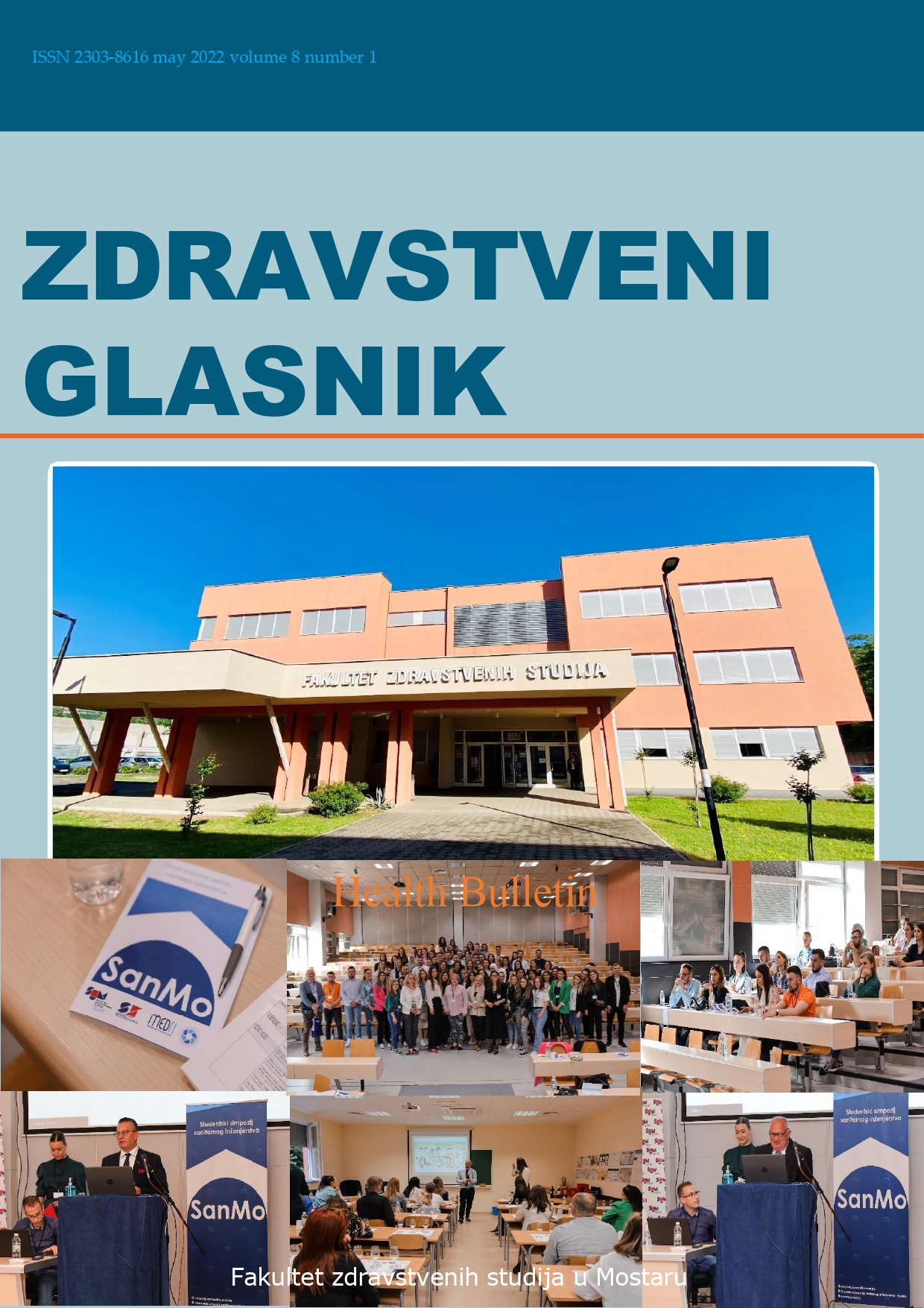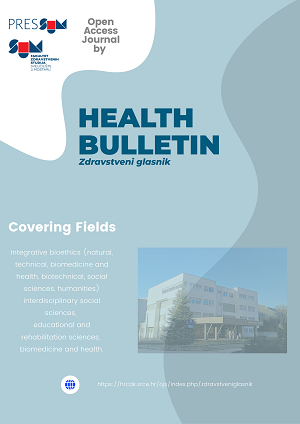A NEWBORN WITH JOUBERT SYNDROME-A CASE REPORT
Keywords:
Joubert syndrome, molar tooth sign, fetal brainAbstract
Introduction: Joubert syndrome is a genetic disorder of the primary central nervous system (CNS)
characterized by vermian hypoplasia, often agenesis of the corpus callosum and other CNS
malformations (ventriculomegaly, optic nerve disorders, etc.). Other characteristics are episodes of
dyspnea, nystagmus, and delayed motor development. Pathology associated with renal function affects
more than 25% of patients with Joubert syndrome. Joubert syndrome occurs with a prevalence of 1:
100,000 live births. The diagnosis can be made by genetic analysis, but it is more often made by
radiological analysis. It is characterized by a molar tooth sign on MRI. The treatment for Joubert
syndrome is symptomatic.
Objective: Indicate the importance of early (if possible intrauterine) diagnosis of Joubert syndrome.
Case report: A female newborn born at 39+1 weeks of gestation through natural birth. The ultrasound
shows ventricular dilatation during pregnancy; MRI of the fetal brain was performed at 34 weeks of
gestation; it recorded the molar tooth sign and diagnosed the Joubert syndrome. Due to the possibility
of disorders of other organ systems associated with the syndrome, a gastroenterologist, nephrologist,
cardiologist and ophthalmologist were consulted. The renal examination revealed an enlargement of the
renal canal system in terms of first-degree bilateral hydronephrosis. Echocardiography revealed
thickening of the anterior and posterior walls of the heart cavities, insertion of both AV valves, and a
descending aorta forming a graceful arc. Neuropediatric ultrasound of the brain clearly showed
anomalies of the posterior cranial fossa and agenesis of the corpus callosum.
Conclusion: This case report draws attention to the importance of early detection and diagnosis of
Joubert syndrome, as this disease is still diagnosed when associated renal and ophthalmic diseases
progress or complications with anesthesia procedures due to their hypersensitivity to anesthetics with
respiratory depression.















